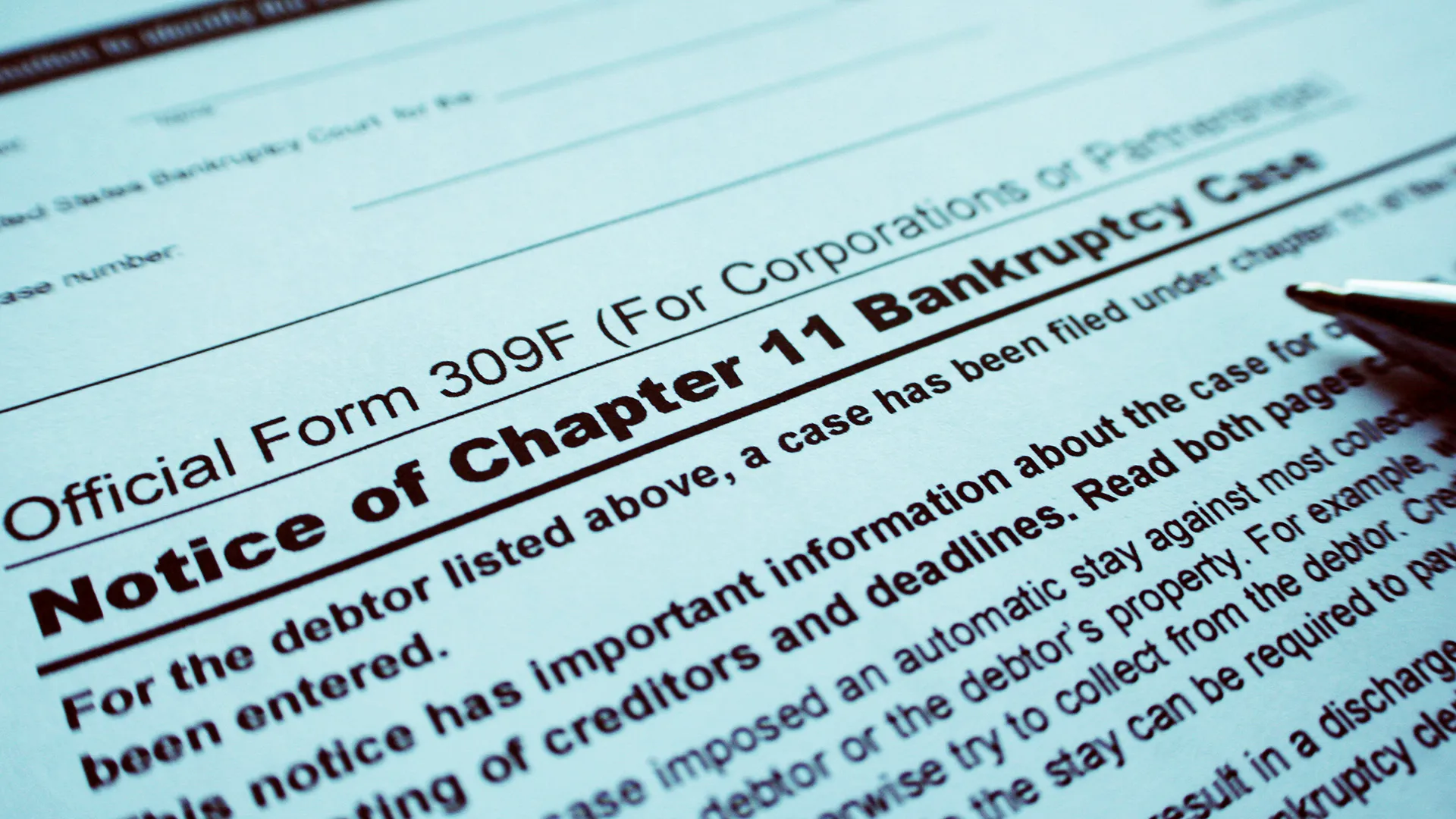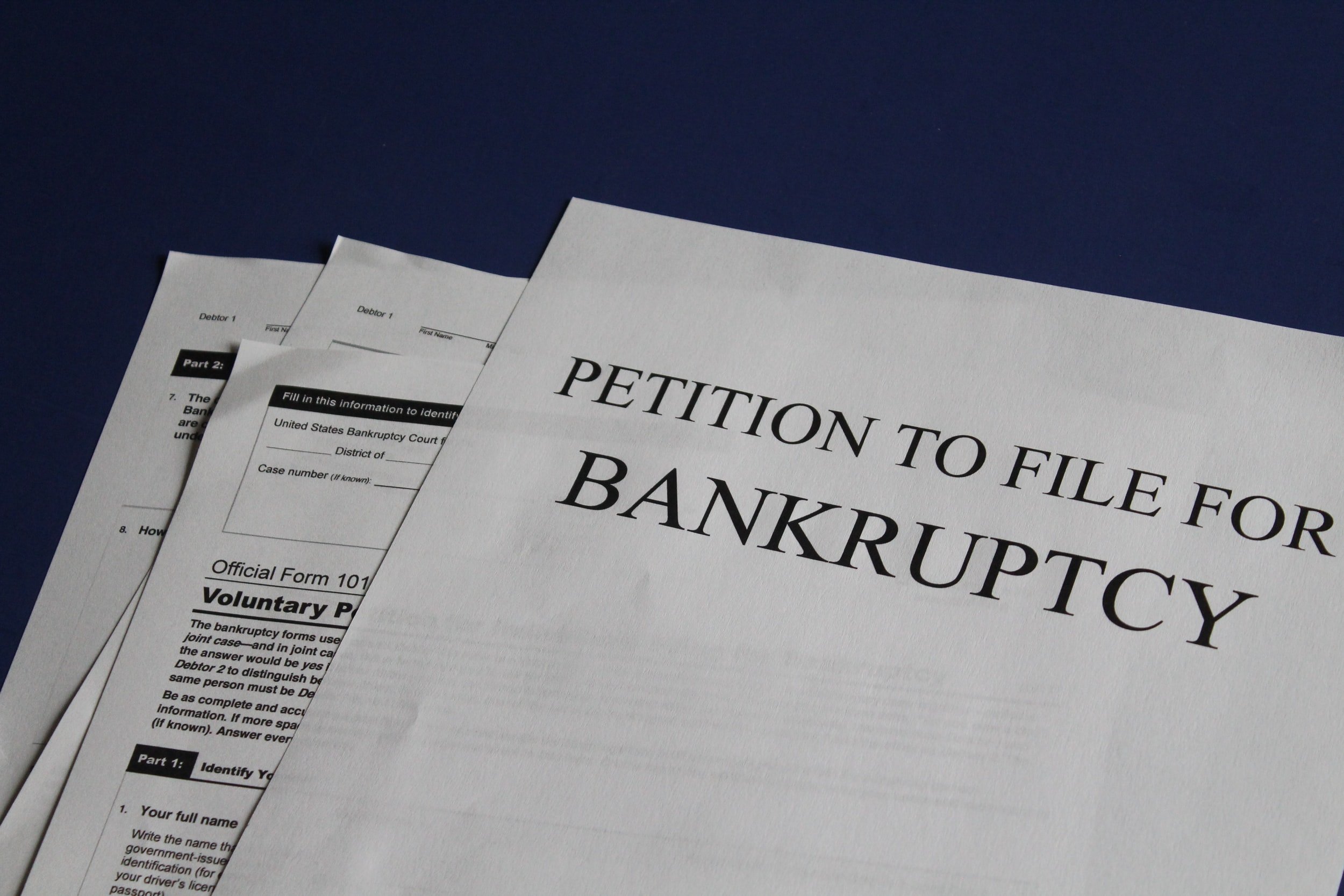In the small town of Guilford, Connecticut, a once-thriving business that soared during the Covid-19 pandemic, Supply Source Enterprises, now finds itself grappling with the harsh realities of bankruptcy.
This major supplier of cleaning products and personal protective equipment officially filed for Chapter 11 bankruptcy protection on May 21, signaling a drastic turn of events fueled by a severe misjudgment of market demands post-pandemic.

The Pandemic Peak
Initially, as the pandemic wreaked havoc worldwide, Supply Source Enterprises experienced unprecedented growth. Thomas Studebaker, the company’s Chief Restructuring Officer, noted that the company’s adjusted EBITDA soared to $93 million in 2020—a nearly 300% increase from the previous year. This boom was largely due to the heightened demand for hygiene, sanitation, and safety products.
Buoyed by these figures and optimistic forecasts, the company commissioned an industry study in early 2021. This study predicted that the pandemic would permanently alter the landscape for cleaning and safety products, projecting sustained growth through 2024.
The study concluded that Covid-19 would fundamentally change the market for our products, Studebaker stated in his declaration.

The Harsh Return to Reality
However, the anticipated prolonged demand did not materialize as expected. As the world began to pivot towards normalcy and the immediate threat of the virus subsided, the demand for products like those supplied by Supply Source waned considerably. This shift was compounded by several factors, including widespread work-from-home policies, a rise in homeschooling, and changes in hotel cleaning practices, all of which significantly reduced the need for extensive cleaning supplies.
By 2023, the consequences of these shifts became starkly apparent. The company’s annual revenue plummeted by 26% from the previous year, and they recorded a negative EBITDA of $13 million. Furthermore, in an effort to manage its bloated inventory, the company had to secure additional storage space, escalating its costs even further.

Strategic Missteps and Financial Strain
Supply Source Enterprises strategy to bulk up inventory based on the early pandemic surge backfired dramatically.
Despite the study’s assurance, the pandemic’s positive effect on the market faded, and demand normalized much quicker than anticipated,
explained Studebaker. The decrease in demand led to an accumulation of unsold stock, forcing the company to maintain it at elevated storage costs.
Financial distress followed soon after, with the company overdrawn by $30 million on its asset-based loan facility by early 2024. In a drastic measure, the ABL lender swept the company’s bank accounts in February 2024, exacerbating the financial woes.

Supply Source Enterprises: Seeking Sale with $60M Lifeline
In a bid to salvage what remains, Supply Source Enterprises began seeking strategic alternatives in early 2024, leading to a decision to market the company for sale. A potential lifeline has appeared in the form of Hospeco Brands Group, which has committed to provide up to $60 million in debtor-in-possession financing. This move aims to facilitate a structured sale of assets under the Chapter 11 filing, providing a glimmer of hope for a company deeply entangled in financial turmoil.
As this case unfolds, it serves as a poignant reminder of the unpredictable twists in business fortunes—highlighting the importance of adaptive strategies and the peril of relying too heavily on optimistic forecasts. For Supply Source Enterprises, the path to recovery is fraught with challenges, but with strategic maneuvering, they hope to navigate through these turbulent times.










